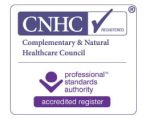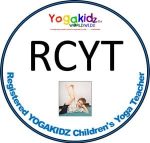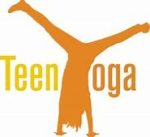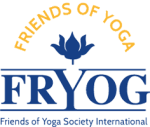This blog refers to Yoga for dyslexia, dyspraxia, dyscalculia, dysphasia, and asphia, and as such will talk about them in general terms as they all involve neurological abilities in processing information regarding input, integration, storage, and output of the brain (sensory perception, interpretation, sequencing, categorisation, ‘seeing the bigger picture’, memory storage, language, writing, gesturing, organising words/thoughts, and fine and gross motor skills) that can compromise learning and communication. These are associated with listening, speaking, reading, writing, reasoning and/or mathematical ability all needed for learning.
Dyslexia involves problems in reading and spelling and is indicated by challenges in sound awareness, verbal memory and verbal processing speed. Indicative to those with Dyspraxia, there can can be issues with motor co-ordination, mental calculation, concentration, personal organisation and fine and/or gross motor skills which causes problems in writing. Dyscalculia can also affect an individual’s ability to understand numbers, interpret data, learning facts, sequence and follow procedures. Spatial awareness is often linked to Dyscalculia. Asphia involves damage to the brain affecting the ability to come up with words, which can result in substituting words for another, difficulty putting words together in sentences, misunderstanding fast or long sentences in speech and perhaps within group situations or noisy contexts, taking figurative words literally and having difficulty with numbers, reading and writing. Dysphasia, also associated with brain damage, is more of severe in terms of communication, which involves difficulties with understanding, listening, writing, calculations, delays in language output and challenges involving everyday communication such as shopping and answering the phone.
Because of the mind/body connection of movement within Yoga (neurologically it can strengthen the brain in relation to motor functions of the body and vice versa by helping muscle strength co-ordination with the brain), as well as improving optimal brain function with neuroplasticity, achieved by reducing the stress response (rest and repair through parasympathetic activation) through mindful meditation and pranayama which affects part of the brain associated with learning and memory (as well as the specific learning condition increasing anxiety around ability), Yoga has many benefits for additional needs, for example:
- Improvements in verbal and spatial memory – Naveen et al (1997)
- Visual perception and increased spatial memory scores – Manjunath and Telles (1999)
- Executive functioning of the brain (planning, organising, strategising, paying attention to and managing details, managing time and space) – Manjunath and Telles (2001)
- Increased attention to improve reading and spelling (dyslexia) – Alexander and Slinger-Constant (2004)
The above are helped by reducing stress with mindfulness/pranayama as they dial down the fight, flight, freeze of the survival reptile brain which leaves no space for executive and rational brain functioning, as well as creating new and stronger neural connections that also include the right (creativity, imagination, art/music, holistic thought, left side control) and left side of the brain (analytic thought, logic, language, reasoning, science, maths, writing, numbers, and right side control of body) – Adkins et al (2010). More specifically Yoga can work on the following regarding those with specific needs:
- Eye yoga for those with dyslexia, dyspraxia and dyslexia to improve focus, word recognition and spatial awareness.
- Pranayama in reducing brain fatigue/stress that can compromise learning.
- Cross-crawling/brain gym where body movement crosses the mid-line. This is because the cerebellum (motor control, attention, language, co-ordination, precision, accurate timing, fine motor skills, posture and balance) is affected in a range of additional learning needs, and also yoga poses which crosses the mid-line allows connection of left and right brain (see above for function) building up strong neural pathways, and in particular through repetition of asana, and alternate nostril breathing (balances the frontal cortex and parietal part of the brain, and the latter is associated with the conditions such as asphasia, dyscalculia, dyslexia, apraxia, and dysphasia with the former associated with attention and memory).




